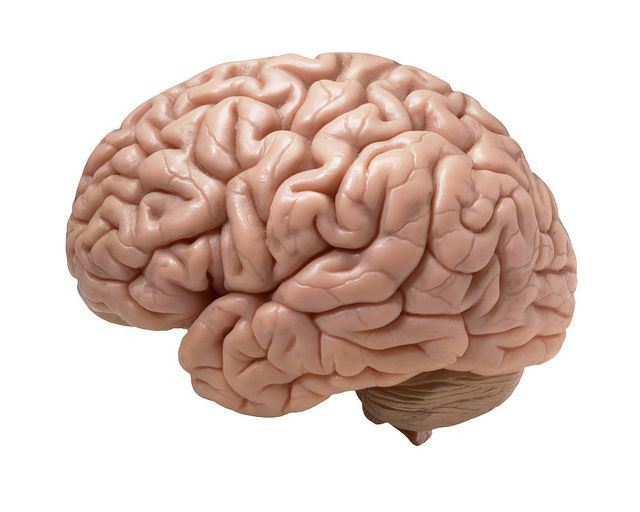Hallucinations Linked To Brain Fold In The Prefrontal Cortex

New research links a specific fold in the front of the brain — the paracingulate sulcus — to hallucinations.
"Sulcus" is the word used for each furrow of our brains. The paracingulate sulcus (PCS) is located in the middle-front region of the prefrontal cortex, which is involved in higher level cognitive functioning. It runs from the front of the brain to the back, and past research suggests the PCS is more commonly "prominent" in the left hemisphere and more often "absent" in the right hemisphere. Interestingly, women are significantly more likely than men to be in the two extreme categories: possessing either a prominent or an entirely absent PCS. It varies in size from person to person and is one of the last structural folds of the brain to develop before birth, the researchers explain.
A previous University of Cambridge study found that variation in the length of the PCS among healthy people related to their ability to distinguish real from imagined information. This process is known as "reality monitoring."
Difficulty with this important process may be responsible for hallucinations, which suggests a relationship to the PCS, hypothesized Dr. Jon Simons, lead researcher and a professor of cognitive neuroscience.
To assess whether the tendency to hallucinate might be associated with the length of the PCS, Simons and his colleagues from Durham University, Macquarie University, and Trinity College Dublin analyzed 153 structural MRI scans from the Australian Schizophrenia Research Bank. Study participants included healthy volunteers, people diagnosed with schizophrenia who hallucinate, and people with schizophrenia who do not hallucinate. Almost a third (30 percent) of patients diagnosed with schizophrenia never report hallucinatory experiences.
“Previous attempts to characterize the brain mechanisms of hallucinations have often been confounded by designs relying on comparisons between patients and non-patients,” wrote the researchers.
Examining each scan, the research team measured the length of the PCS. On average, the schizophrenia patients with a tendency to hallucination had a PCS about 2cm shorter than patients without hallucinations... and 3cm shorter than the healthy controls.
In people diagnosed with schizophrenia, a 1cm reduction in the fold’s length increased the likelihood of hallucinations by nearly 20 percent, the researchers discovered. This effect was observed regardless of whether hallucinations were auditory or visual in nature, they added.
Hallucinations can be a symptom of various mental disorders, including Alzheimer’s disease, epilepsy, and migraines, yet they are also experienced by many healthy people. Though this new finding is striking, the researchers said there’s likely to be more than one explanation for why hallucinations arise.
Source: Garrison JR, Fernyhough C, McCarthy-Jones S, Haggard M, Simons JS. Paracingulate sulcus morphology is associated with hallucinations in the human brain. Nature Communications. 2015.



























